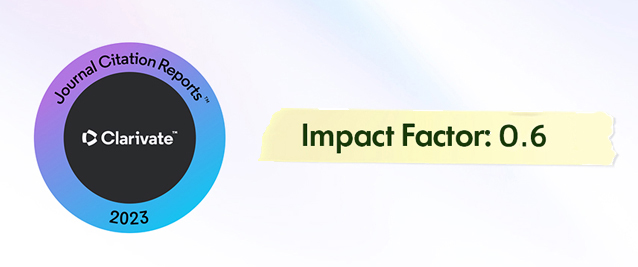2Department of Mathematical Engineering, Istanbul Technical University, Istanbul, 34467, Türkiye
3Department of Mathematics, Tekirdag Namik Kemal University, Tekirdag, 59030, Türkiye
4Constantin Brancusi University of Targu-Jiu,Targu Jiu, Gorj, 210135, Romania
Abstract
This article aims to successfully estimate the number of deaths in a pandemic, with the appro-priate implementation of two new modelling approaches, artificial neural network and mul-tiple regression analysis. Then, these methods have been used comparatively to predict death cases for the future course of the COVID-19 outbreak. These approaches proposed for estima-tion appear to result in few errors and perform well in providing information on the course of deaths in the epidemic. The agreement between the predicted results by these methods, and the actual data proves the superiority of the proposed ones in forecasting accuracy in future cases. This is expected to provide significant benefits in increasing the effectiveness of health policies to be implemented within the scope of the measures to be taken for the future of this and similar epidemics. As this investigation reveals that the current modelling methods have undeniable advantages in predicting epidemic trends, using our models is believed to provide an accurate estimate of death rates and guide policymakers in formulating research, health, socio-economic and fiscal policies. All these findings can be widely regarded as significant milestones and essential guides for researchers examining potential future epidemic tenden-cies. In addition, although this epidemic is quite complex and varies from country-to-country and various factors, the proposed approaches offer a great opportunity to model the outbreak in other epidemics as well as in other countries.














